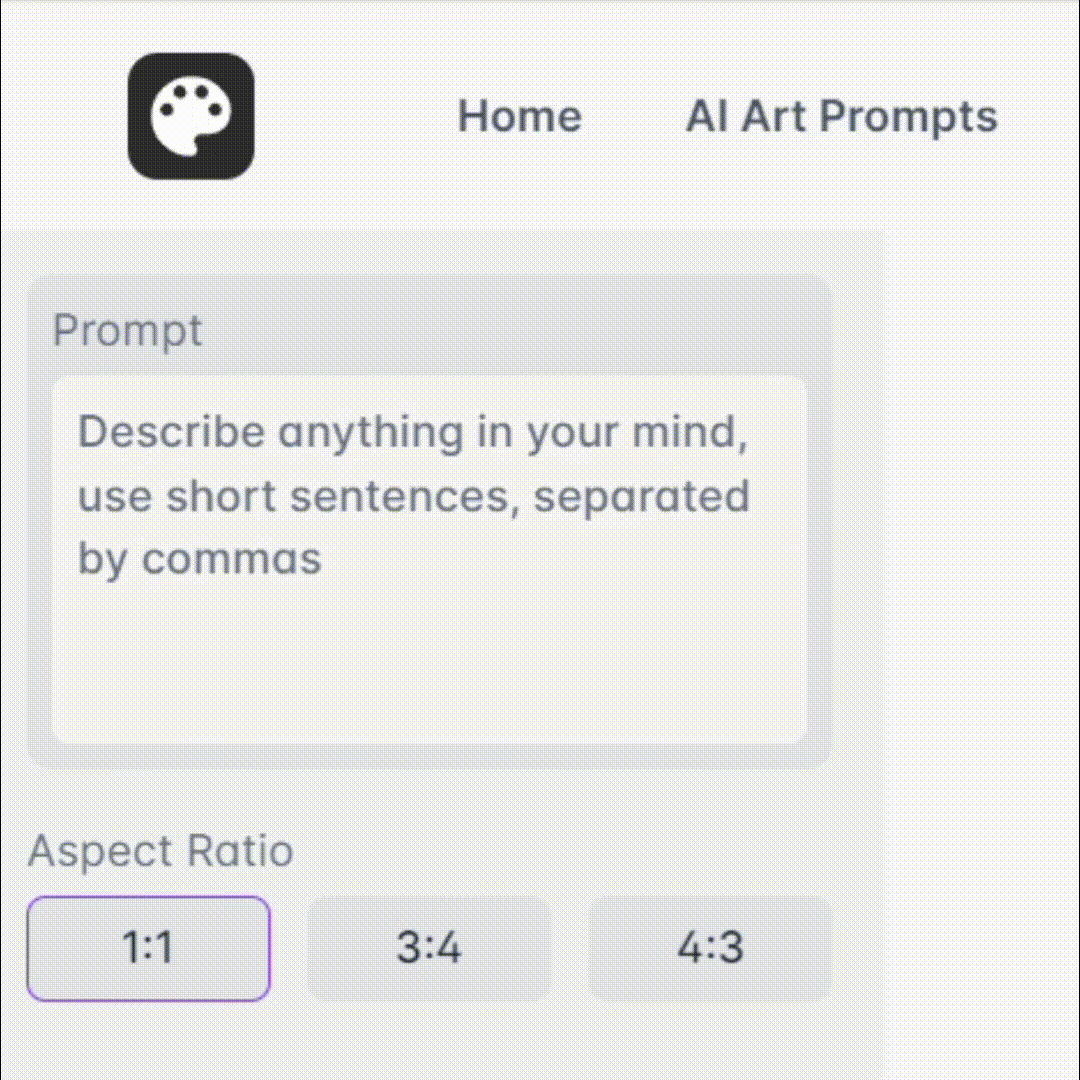
Immo Urbain by ImmoSaas - Urban Development AI

Bonjour! Comment puis-je aider avec la planification urbaine?
Empowering Urban Evolution with AI
Prédis l'avenir des villes
Analyse des tendances urbaines
Impact de la politique urbaine
Facteurs environnementaux en urbanisme
Get Embed Code
Overview of Immo Urbain by ImmoSaas
Immo Urbain by ImmoSaas is designed as an advanced predictive model focused on urban development trends, specifically emphasizing the evolution of urban infrastructures such as transportation, housing, and public spaces. It integrates environmental considerations including sustainability, climate impact, and natural resource management. The platform utilizes current data and statistics to provide grounded predictions and analyses, aiding in making informed decisions for urban planning. It serves as a tool for planners, developers, and policymakers to model potential urban growth and infrastructural changes, ensuring that growth is both sustainable and aligned with future urban needs. Powered by ChatGPT-4o。

Core Functions of Immo Urbain by ImmoSaas
Predictive Urban Modeling
Example
Using data on current urban density and transport patterns to forecast the need for additional public transportation options in growing metropolitan areas.
Scenario
A city planner in a rapidly growing city uses the platform to simulate different public transport expansion scenarios to determine the most effective investment to reduce traffic congestion and pollution.
Environmental Impact Analysis
Example
Evaluating the potential environmental impacts of proposed construction projects, such as new residential areas or commercial zones.
Scenario
An environmental consultant uses the platform to assess how a new commercial development will affect local ecosystems and water resources, providing a basis for recommendations on sustainable construction practices and materials.
Resource Management Optimization
Example
Assessing water supply and demand to optimize the distribution and conservation strategies in urban areas.
Scenario
Municipal authorities utilize the platform to analyze and plan for future water needs, identifying critical areas for infrastructure upgrades and conservation initiatives.
Target User Groups of Immo Urbain by ImmoSaas
Urban Planners and City Officials
These professionals benefit from Immo Urbain by ImmoSaas by gaining access to detailed analyses and modeling capabilities that help in planning and implementing effective urban development strategies, thus fostering sustainable and efficient city growth.
Environmental Consultants
Environmental consultants find the platform valuable for conducting in-depth assessments of the environmental impacts of urban projects, facilitating the integration of sustainable practices into urban planning.
Real Estate Developers
Developers use the service to anticipate market trends and the impact of new developments on existing urban fabrics, enabling them to strategically position their projects for success while adhering to sustainability standards.

How to Use Immo Urbain by ImmoSaas
Step 1
Visit yeschat.ai to start a free trial immediately, no sign-up or ChatGPT Plus required.
Step 2
Explore the dashboard to familiarize yourself with the various tools and features available for urban development analysis.
Step 3
Input your specific urban planning data or parameters to tailor the tool’s analytics to your project’s needs.
Step 4
Utilize the predictive analytics feature to forecast urban growth and infrastructure demands based on current trends.
Step 5
Apply the recommendations provided by the tool to optimize sustainable and efficient urban planning strategies.
Try other advanced and practical GPTs
Immo Suivi Client by ImmoSaas
Empowering Real Estate with AI

AI in Law and Governance GPT
Empowering legal professionals with AI.

Wellness Guide - Dr. Cho 😎
Empowering Your Health Journey

Calligraphy Changer (korean Art style)
Transform Photos into Korean Art

Sports Analytics
Powering sports insights with AI

Analytics Ace
Unleash Insights with AI-Powered Analytics

Pixel Art Character Drawer
Craft Pixel Perfection, AI-Enhanced

Dream Interpreter
Unveil Your Dreams' Secrets with AI

Angel Numbers
Decipher Life's Messages with AI

Keyword Extractor
Harness AI for smarter keyword discovery

Idea Guru
Innovate with AI-Powered Software Ideas

Cancelly
AI to Simplify Your Subscriptions

Frequently Asked Questions about Immo Urbain by ImmoSaas
What data inputs are required for Immo Urbain to perform its analysis?
Immo Urbain requires data related to urban demographics, infrastructure status, resource allocation, and environmental metrics to perform comprehensive urban development analysis.
Can Immo Urbain predict the environmental impact of urban projects?
Yes, Immo Urbain can predict the potential environmental impacts of urban projects by analyzing planned infrastructure changes and their likely interaction with local ecosystems and climate patterns.
How does Immo Urbain help in planning public transportation systems?
Immo Urbain uses data analytics to forecast population growth and mobility patterns, helping city planners design or modify transportation systems to meet future demands efficiently.
Is Immo Urbain suitable for small-scale urban developments?
Yes, Immo Urbain is versatile and can be tailored to support both large-scale and small-scale urban development projects, providing detailed insights and forecasts regardless of project size.
What are the key sustainability metrics that Immo Urbain provides?
Immo Urbain provides metrics such as carbon footprint, resource consumption rates, and renewable energy utilization, essential for planning sustainable urban environments.






